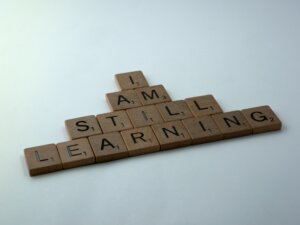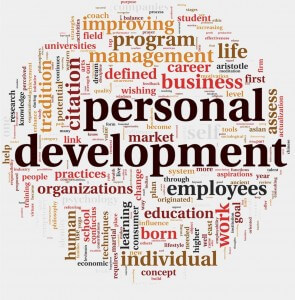We as trainers have a responsibility to both the organizations we are working for and to the clients we are training to be effective and interesting. I realize that the topic for tonight was suppose to be on task analysis and andragogy, but I was in a classroom setting recently and the trainers simply were not effective. There were several reasons for this, so I want to stress the importance of classroom training that will work and that will not.
There are several items that make a classroom setting effective:
- Relevance to the problem or situation at hand
- Gearing your training to the population you are training (even though the 25th quartile holds true – we have to adjust for the 75th quartile also)
- Gearing our training sessions to the adult learner
- Group work
- Activities
- Making sure we are not lecturing for hours on end, but instead letting our clients come up ideas and solutions — if they need guidance, then let’s guide them
- Avoiding lecturing as if the clients are children
- Challenging our clients
- Asking our clients questions and then listening to their answers
- Being enthusiastic and asking the client what they feel the problem(s) and solution(s) might be
- Allowing for short breaks and not saving all the Q&A for the end — instead, mixing it up
What we don’t want to do is pedagogical training; we want our clients to be self-directed and independent thinkers — participation is key to good classroom training. Our training needs to be effective and interesting.
Remember that after we leave, the clients should feel that they have had a hand in the training and were helped by their own participation. We don’t want them falling asleep because the training was boring, irrelevant or tedious. They should walk away with new knowledge, of course (or why train?), but we have to keep it interesting and smart.
Ideas, comments and guest writers are strongly encouraged.
Happy Training!
—
For more resources about training, see the Training library.
 Sections of this topic
Sections of this topic
















